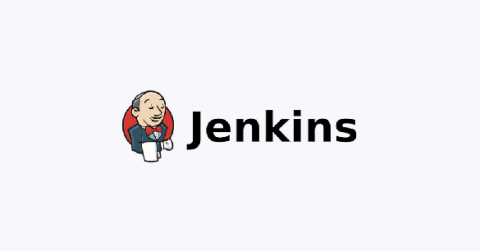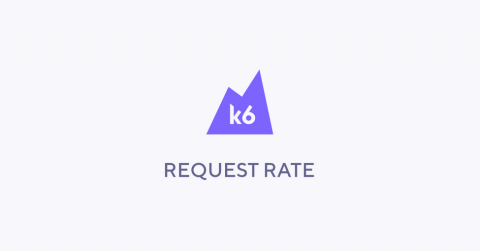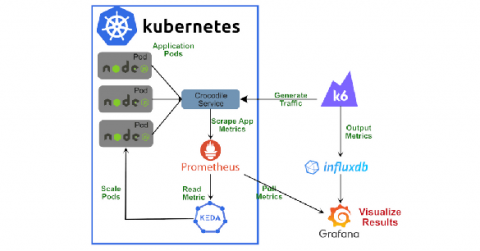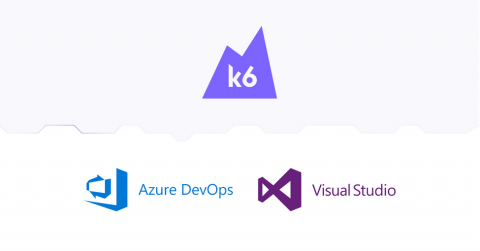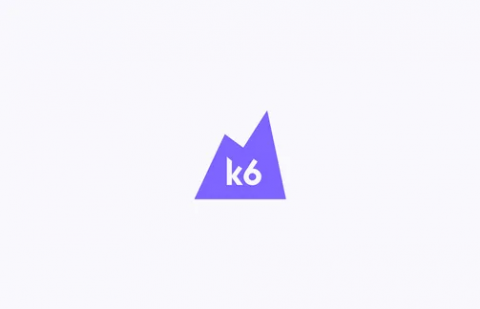Load testing with Jenkins
In this tutorial, we will look into how to integrate performance testing with k6 into your Jenkins Pipeline setup. By integrating performance tests into your CI pipelines, you can catch performance issues earlier and ship more stable and performant applications to production.


